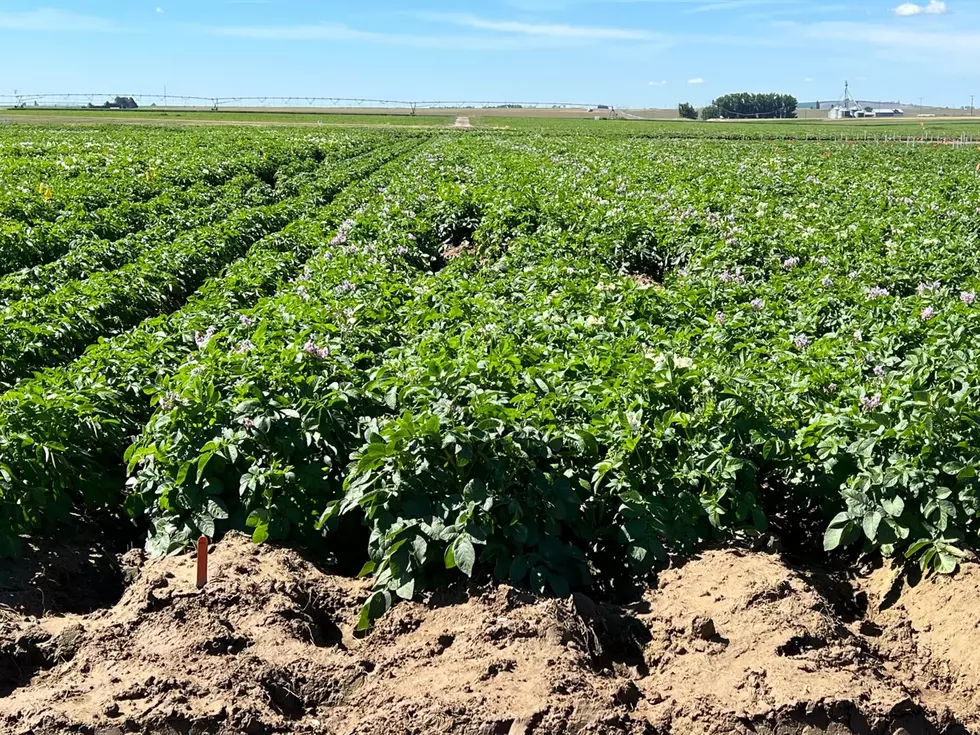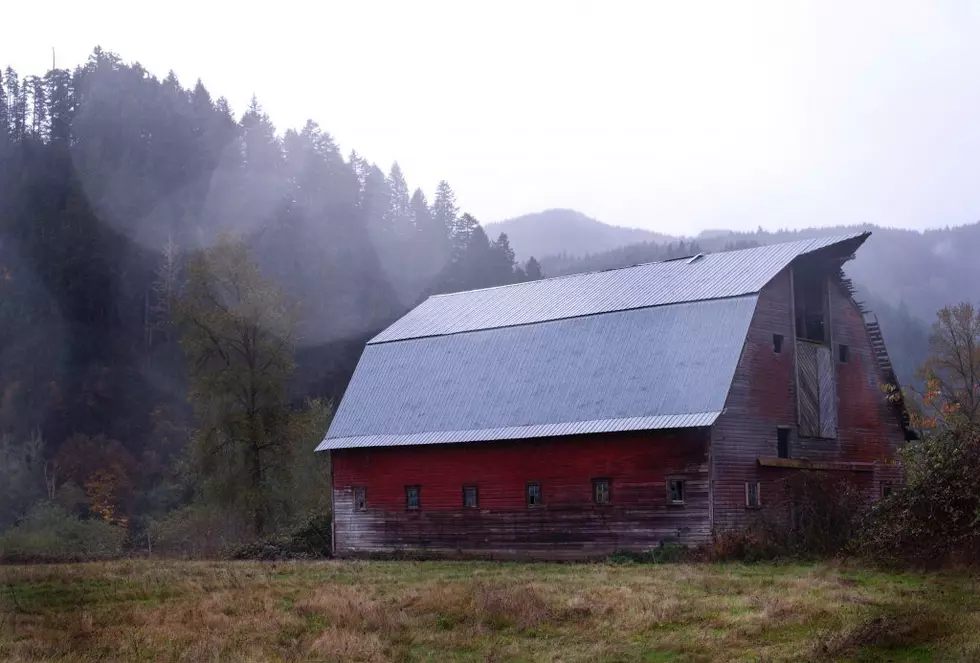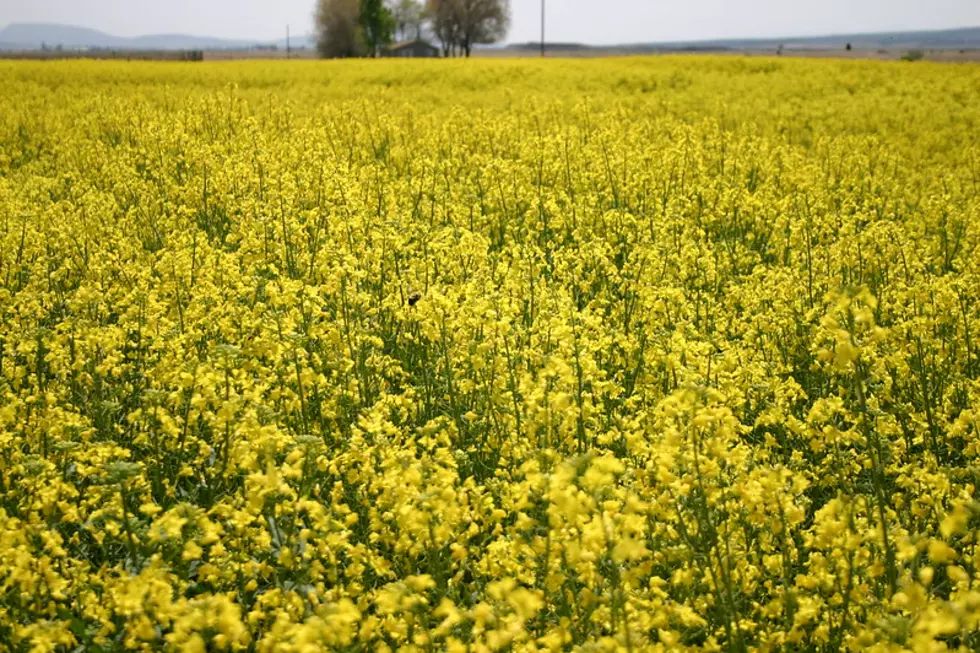
Growers Reminded To Watch for Hay Fires
Washington State University is reminding growers, whether grass, timothy or alfalfa, to watch for hay fires this spring and summer. WSU’s Steve Fransen said hay fires don’t only occur in the triple digit heat, but rather because of moisture. He said if the interior of bales are wet, microorganisms become active, eat the sugars found in the bales and exude heat. And he said if that occurs in a few bales, and entire stack can go up in flames. Fransen said growers need to be on their A game over the next couple of months.
“You got to be watching this early on, and when you monitor, if you see those stack temperatures go up, that should be a clear sign that something bad is going on internally in that stack of hay.”
Fransen said it’s important after you stack your bales to test for moisture as well as interior temperatures. He added hay fires are unfortunately common, but that doesn’t mean growers and the Ag industry as a whole shouldn’t work to stave of hay fires.
“Because it’s always a loss to the grower, it’s a loss to the industry, it’s a loss to the livestock, and the horse folks who want to buy and utilize that feed material for their animals, so there’s nothing to be gained by having hay fires.”
Fransen added growers who need help monitoring their bales, or have specific questions should contact their local extension office.
If you have a story idea for the Washington Ag Network, call (509) 547-1618, or e-mail gvaagen@cherrycreekradio.com
More From PNW Ag Network









